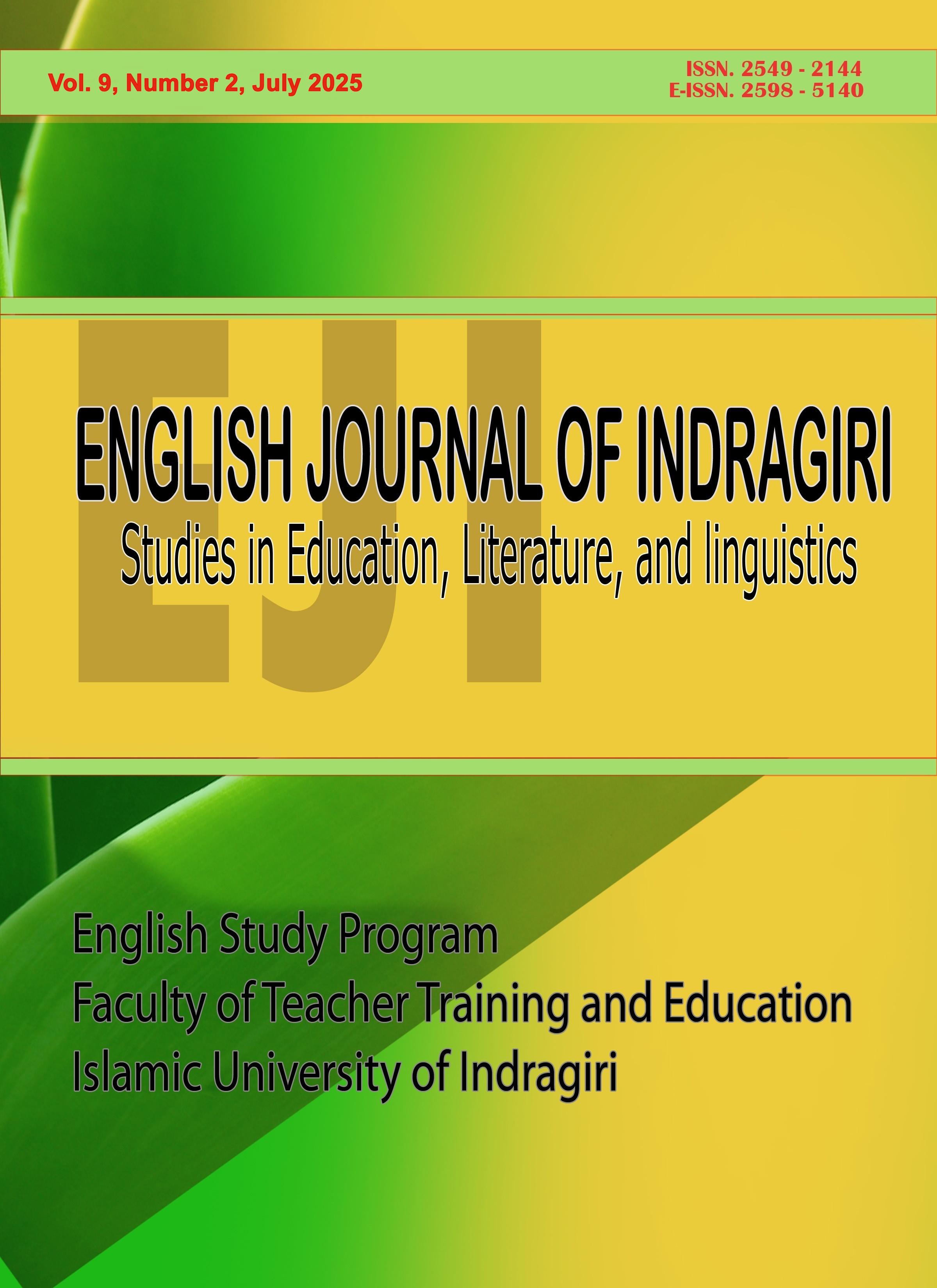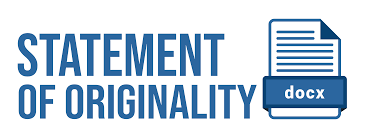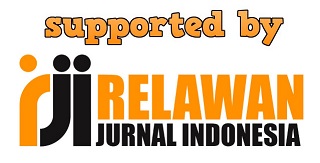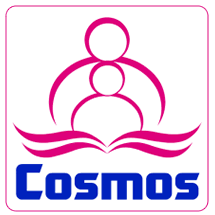Analysis Diachronic Swadesh Wordlist Between Ngapaknese and Javanese
DOI:
https://doi.org/10.61672/eji.v9i2.2974Keywords:
Diachronic Analysis, Language Change, Ngapak Language, Standard Javanese LanguageAbstract
The qualitative research entitled “Diachronic Analysis Swadesh Wordlist: Ngapak vs Java” will focus on examining historical linguistic changes and relationships between Ngapak and Javanese dialects using the Swadesh wordlist. The study will use a diachronic approach to analyze the evolution of vocabulary and phonological aspects over time, providing insight into the linguistic kinship and differences between these dialects. This research applies qualitative methods by utilizing historical-comparative linguistic approaches and corpus-based analysis to identify significant changes and retentions in core vocabulary. The results show that Ngapak dialect tends to retain more archaic phonological and lexical forms, while Standard Javanese undergoes innovation and simplification in a number of basic vocabularies. In addition, it was found that retention, innovation, and external influences distinguish the two dialects, both in terms of pronunciation and vocabulary selection. These findings enrich the understanding of the dynamics of Javanese language change, the importance of local dialect preservation, and contribute to the mapping of linguistic kinship in the Java region.
References
F, T. T., I, M. Y., & I, F. (2021). Gamification model framework and its use in e-learning in higher education. IAIC Transactions on Sustainable Digital Innovation (ITSDI), 3(1), 28–35.
Nenden, T., Padang, M. W., Putrisari, G., & Kartika, D. (2024). Penggunaan gamifikasi dalam pemahaman bahasa Inggris sekolah dasar. JUPENSAL, 1(3), 470–480.
R, A. A., F, A. F., & M, A. B. (2020). Educational gamification in EFL: A systematic review. International Journal of Language and Educational Studies, 8(1), 56–70.
U, R., Q, A., & A, K. (2019). Implementasi gamifikasi sebagai manajemen pendidikan untuk motivasi pembelajaran. Edutech, 18(1), 67–69.
U, S., W, A., & D, R. (2021). English language education in Indonesia: Challenges and opportunities. Asian Journal of English Language Teaching, 31(1), 12–28.
Deterding, S., Dixon, D., Khaled, R., & Nacke, L. (2011). From game design elements to gamefulness: Defining gamification. MindTrek, 9–15.
Ratnawati, S. R., & Werdiningsih, W. (2020). Pemanfaatan e-learning sebagai inovasi media pembelajaran PAI di era revolusi industri 4.0. Belajea: Jurnal Pendidikan Islam, 5(2), 199. https://doi.org/10.29240/belajea.v5i2.142
Maloney, S. (2019). Gamification in English language teaching: More than child’s play. English For Asia.TESOL.
Huber, B., Highfield, K., & Kaufman, J. (2018). Detailing the digital experience: Parent reports of children’s media use in the home learning environment. British Journal of Educational Technology, 49(5), 821–833. https://doi.org/10.1111/bjet.12667
Landers, R. N., & Landers, A. K. (2014). An empirical test of the theory of gamified learning: The effect of leaderboards on time-on-task and academic performance. Computers & Education, 75, 1–12. https://doi.org/10.1016/j.compedu.2014.01.012
Downloads
Published
Issue
Section
License
Copyright (c) 2025 Umi Mujiarni, Imam Qalyubi, Misrita

This work is licensed under a Creative Commons Attribution 4.0 International License.




















